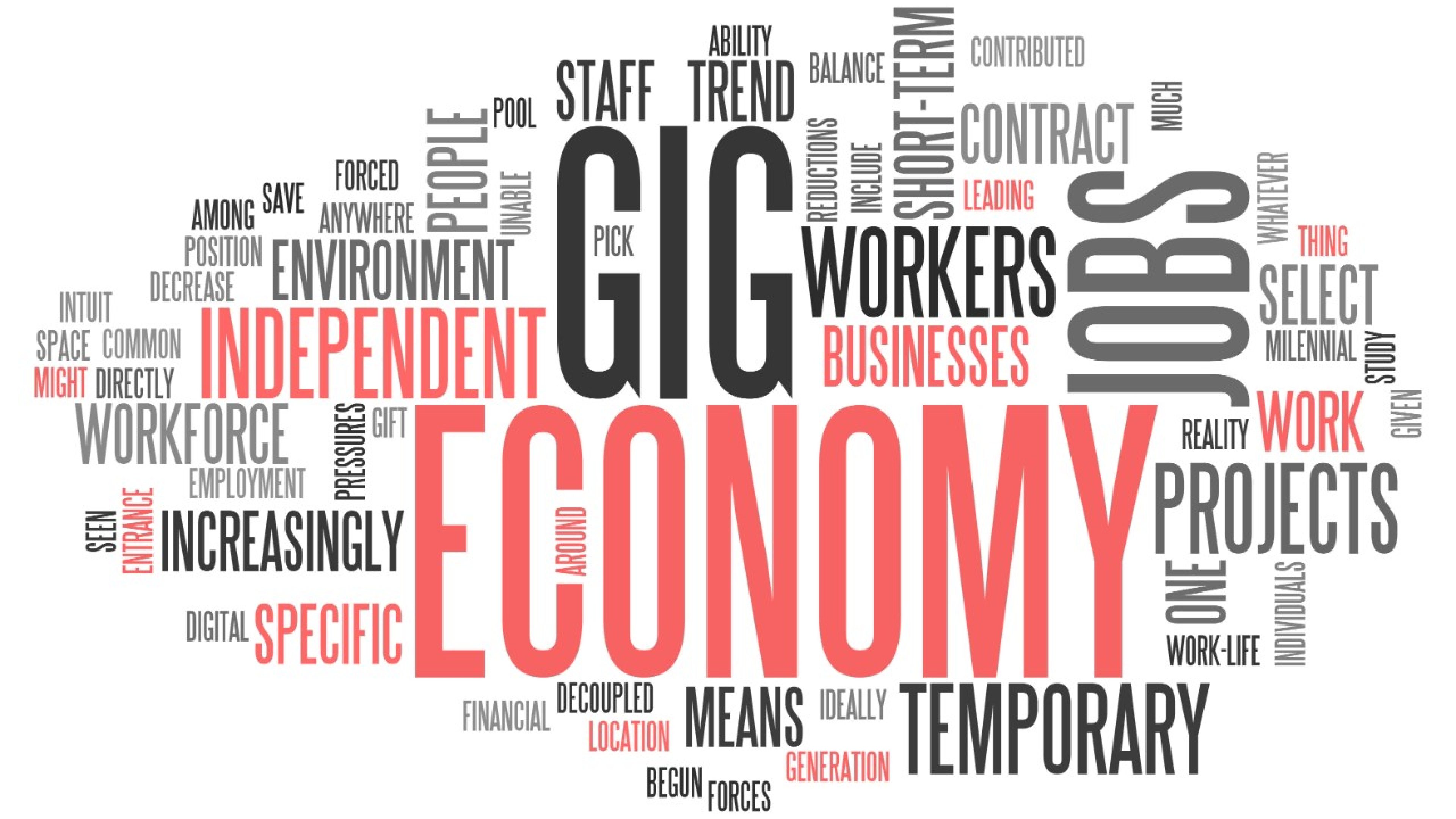- Despite Europe-wide policy initiatives, the gender pay and pension gaps remain static
- The situation could worsen as life expectancy increases, since the wage gap increases with age
- Governments, employers and financial services companies must work in collaboration to facilitate retirement saving for women
“The long-term quest for equality is by no means nearing an end,” the European Commission regretfully concluded in its latest report on gender equality, published last year.1 Despite improvements for women in the EU, the pay gap between men and women was reported stagnant at 16%,2 while the pension gap reached 40%.3 Germany had one of the highest gender gaps in pensions, at 46.5%.4
When it comes to income, inequality between men and women is particularly pronounced in their later years. Figures from Eurostat show that, in France, the pay gap between men and women actually favours females aged 25 and under, starting at -7%. However, this figure rises steadily to 33% for women aged 65+.5
That the income gap worsens with age has major ramifications for the pension gap, and is of particular concern given increasing life expectancy. The onus rests on governments, employers and financial services companies to band together to overcome these challenges, ensuring that women have access to long-term savings – and to an enjoyable, self-determined life.
Cultural change
Despite the European Commission’s investments in promoting female employment, accessible long-term childcare and reduced tax disincentives for women to work, it admits: “At this rate of change, it would take another 70 years to achieve gender equality.”6
Professor Dr Brigitte Young, professor emerita of international political economy at the Institute of Political Science, University of Münster, in Germany, warns that more must be done to accelerate women’s financial standing in society if Europe is to avoid instability. “Financial inequality between men and women creates instability, and not just in the financial system, but politically and in society itself. When people are struggling they feel forgotten and do not trust the establishment, which can lead to unrest.”
The key challenge for policymakers and employers in tackling this inequality lies in reversing a strong culture that sees women, rather than men, relinquish their earnings potential in favour of bringing up children. Since workplace savings play an increasingly important role in providing the basis for retirement income, time out of work or taking on part-time roles can have a devastating impact on long-term financial health.

While the legal framework is in place to help parents share childcare, a strong cultural change has yet to happen. Across the EU, only 67.8% of women with one young child under six are working, compared with 89% of men.7 According to the latest figures from the Institute of Fiscal Studies (IFS) in the UK, the average pay gap between British men and women is 18%. This rises dramatically to 33% in the years after the arrival of a first child.8
According to Robert Joyce, associate director at the IFS, a woman's decision to take on part-time employment after having children plays a large part in perpetuating the pay and pension gaps.
“Women in jobs involving fewer hours of work have particularly low hourly wages, and this is because of poor pay progression, not because they take an immediate pay cut when switching away from full-time work. Understanding that lack of progression is going to be crucial to making progress in reducing the gender wage gap,” Mr Joyce says.
Seeing the light
Ms Young believes that financial guidance is critical in empowering women to take control of their savings – and this is where the financial industry has a key role to play.
According to Tanguy Polet, chief customer officer at Swiss Life in France, because providers and advisers have close relationships with their clients, they understand their specific needs and can raise women’s awareness in the importance and practicalities of long-term saving.

“We have simulation tools that make it possible for any woman to see the impact of staying at home or working part-time on their pension provision,” he says. “Clients may be able to compensate and make changes to their saving pattern, or they might not. We can make them conscious.”
Ros Altmann, a former British minister for pensions, suggests that employers could also help women by offering financial planning guidance, savings networks and staff meetings to promote long-term saving.
With the European Commission predicting that it will take women nearly a lifetime to achieve financial parity with men, collaboration between employers, politicians and financial providers will be essential to speed up the reversal of discrimination and close the pension gap. As more sides team collaborate together to tackle the issue, giving women more opportunity to take control, the playing field will start to level – benefitting not just women, but society as a whole.
Gender pension gap: What can be done?
The "gender pension gap" is not a law of nature, and there are sustainable and innovative approaches to narrowing it. To this end companies are called upon to be more active, society needs to change its thinking and women must show greater initiative.
Source:
1 Page 43 http://ec.europa.eu/justice/gender-equality/files/annual_reports/2016_annual_report_2015_web_en.pdf
2 Page 51 http://ec.europa.eu/justice/gender-equality/files/annual_reports/2016_annual_report_2015_web_en.pdf
3 Page 54 http://ec.europa.eu/justice/gender-equality/files/annual_reports/2016_annual_report_2015_web_en.pdf
4 Page 54 http://ec.europa.eu/justice/gender-equality/files/annual_reports/2016_annual_report_2015_web_en.pdf
5 http://ec.europa.eu/eurostat/statistics-explained/index.php/Gender_pay_gap_statistics




